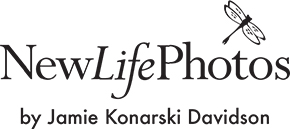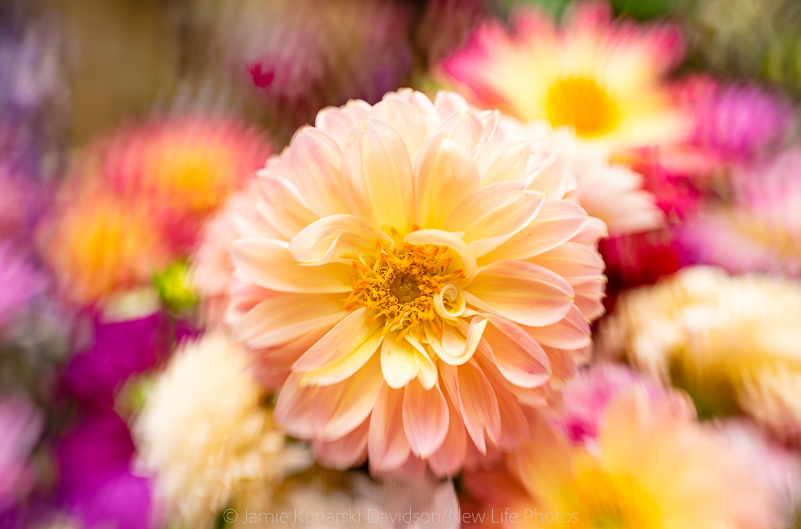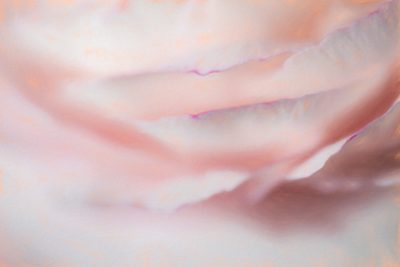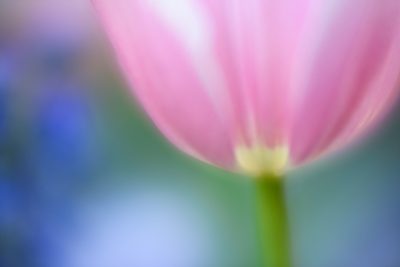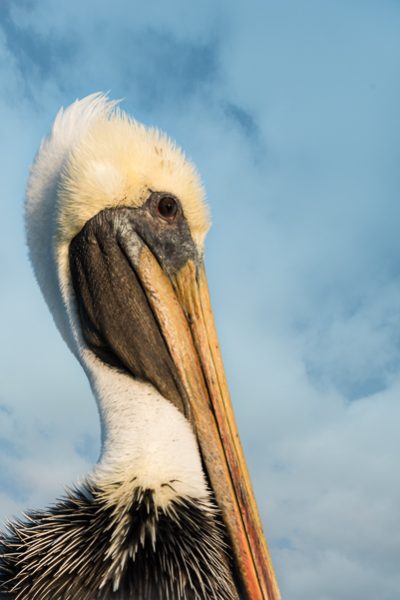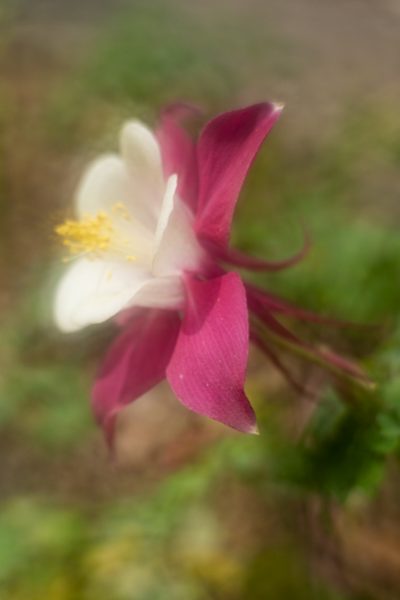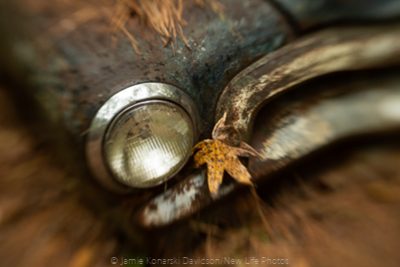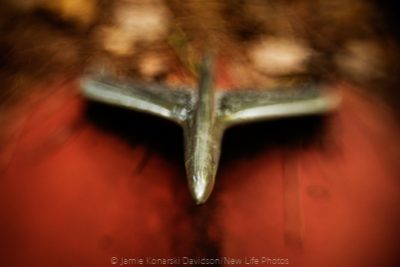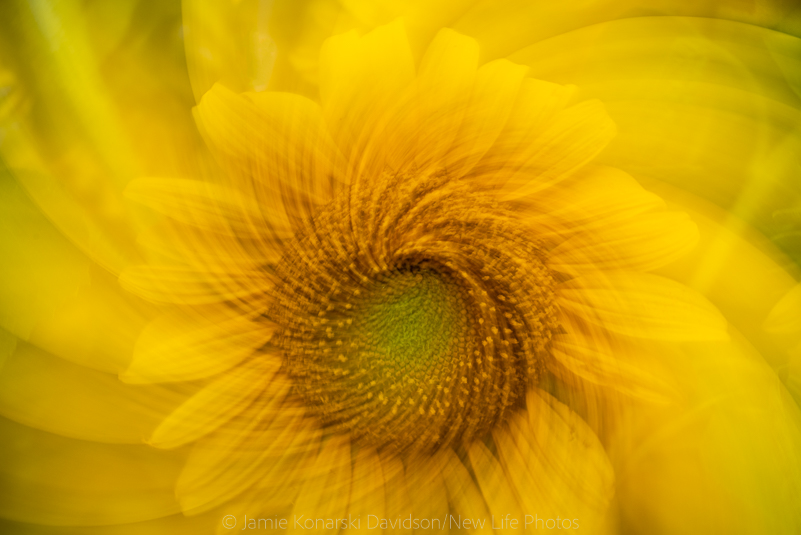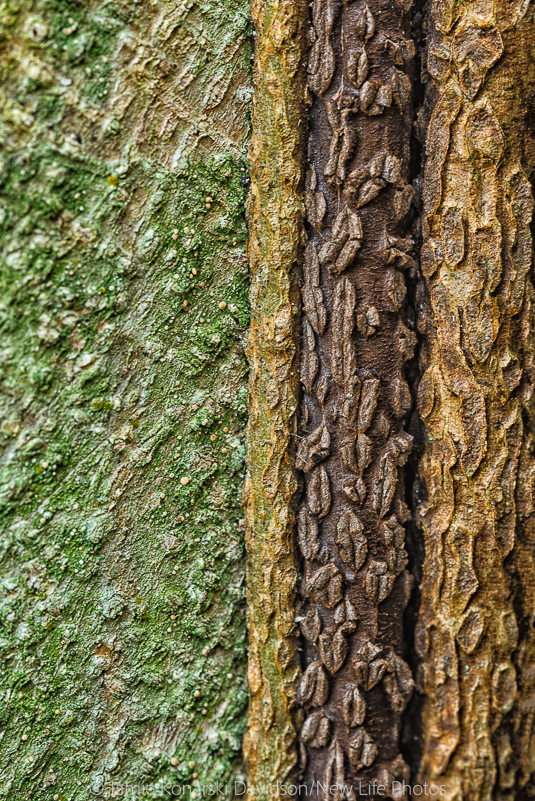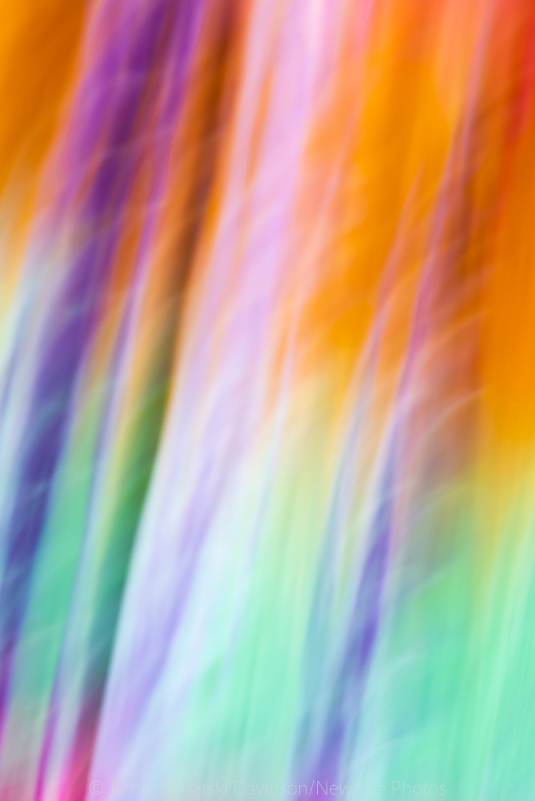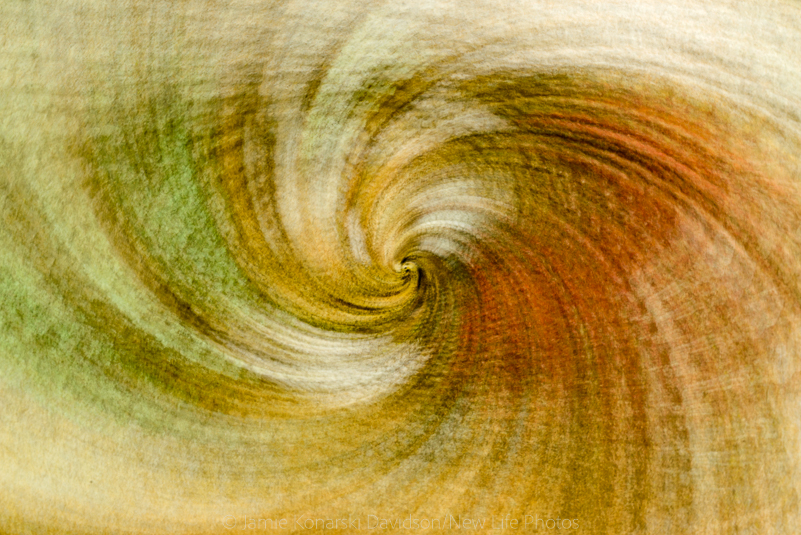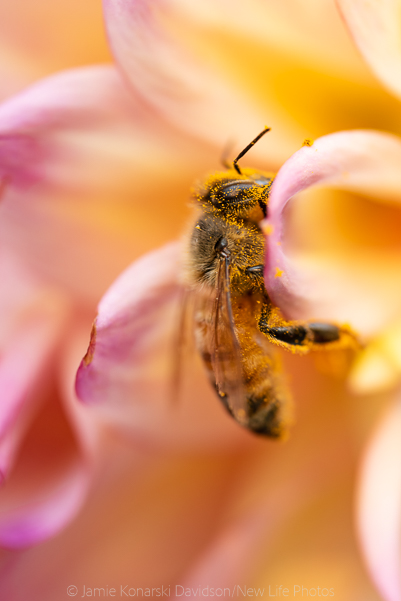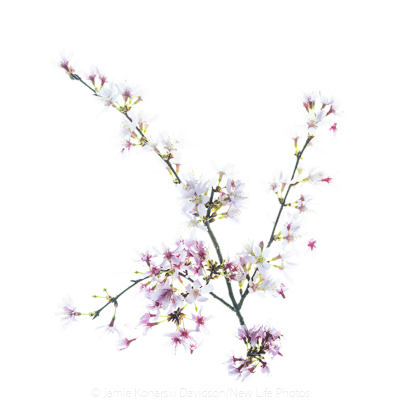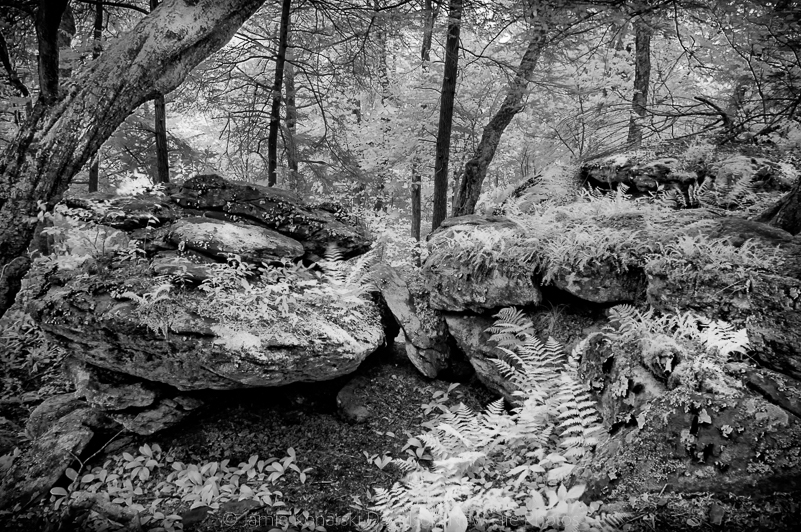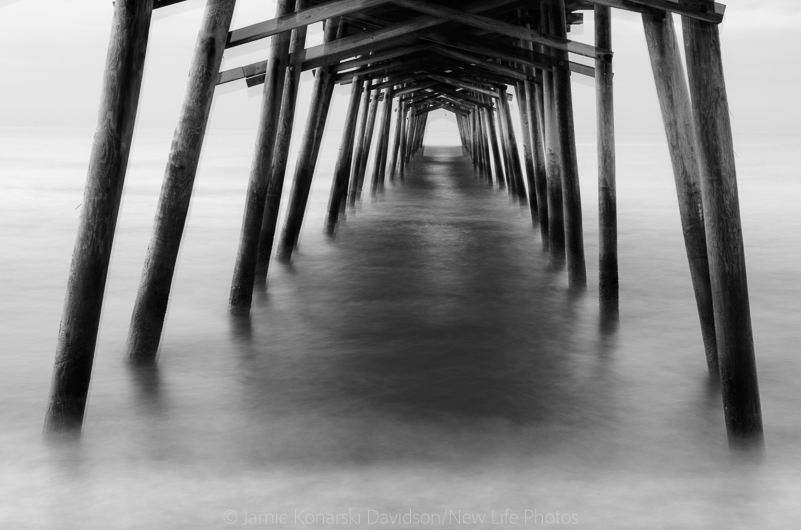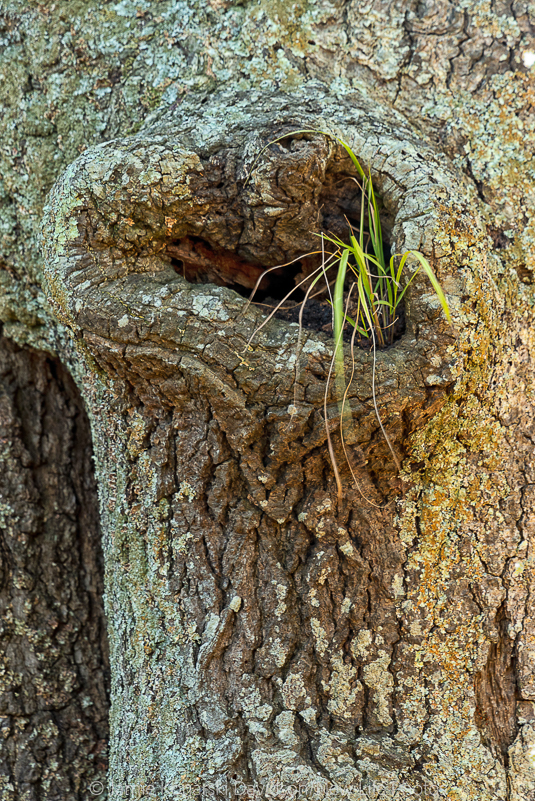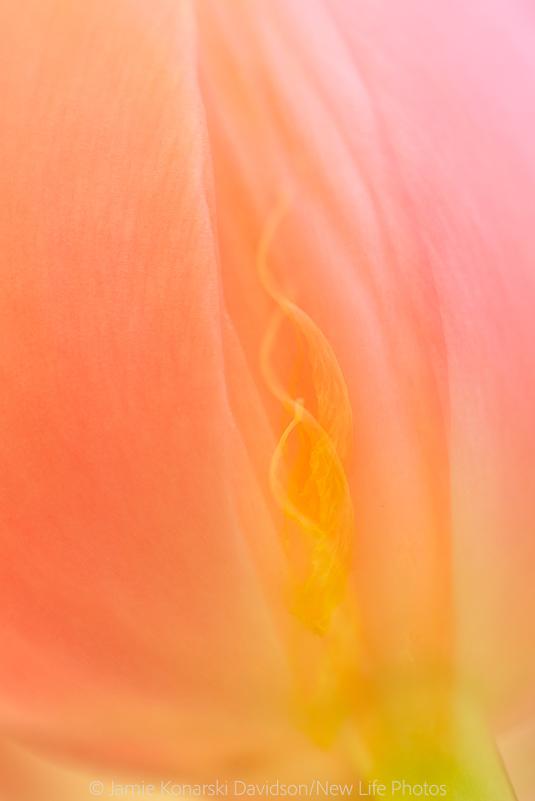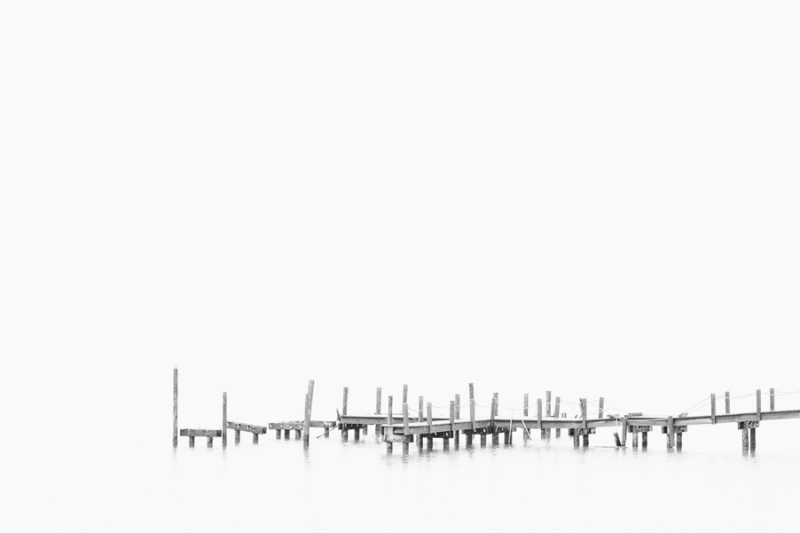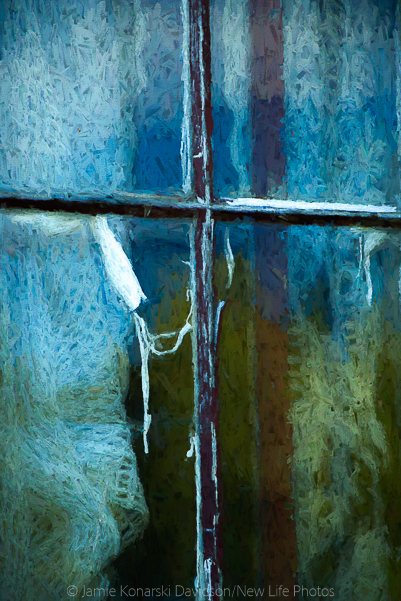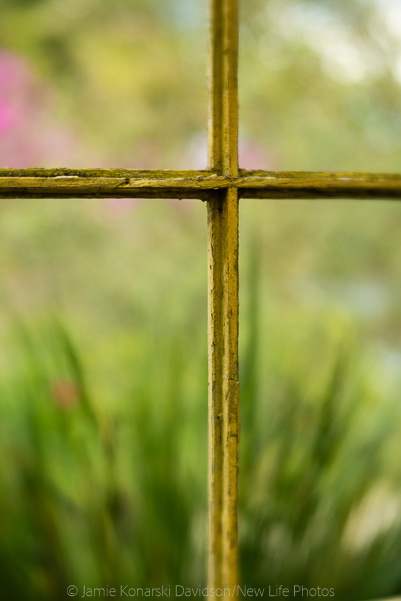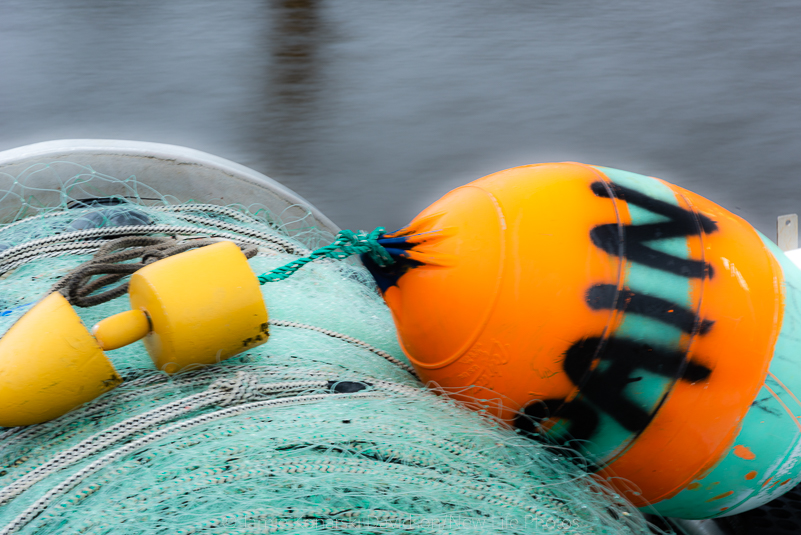Shutter speeds, f-stops and lenses are important, but to become more creative,
we need to think beyond them.
–Michael Orton, Photographing Creative Landscapes
In this digital world we photograph, it is easy to get caught up with the latest piece of equipment and new editing software. There are many, many ways to creatively interpret your images in post processing. However, we must be careful not to rely on what we can do “later” when we’re photographing. This has the potential to take us away from the moments and subjects and cause us to miss out. We become absent to the creative process in the field and miss out on possible opportunities to experiment and play.
All images need to be processed on some level. And, all my images are. I use of Photoshop, Nik software, Topaz Labs software collection and others to bring the image to where I want it to be. When shooting, my goals are to use work the camera to match my vision. Creating artistic images with your camera to go beyond the documentary include techniques that are both simple and complex. Doing this requires an open mind and a level of intention. Some techniques can be done completely in camera, others require a partnership of camera and computer. The final results depend on you learning and doing whatever it takes to get there. Let your imagination run … and create something different.
BEFORE YOU START – SOME BASIC REQUIREMENTS:
Know Your Camera and Necessary Tools – Too often I see photographers struggling to navigate buttons on their cameras with limited knowledge of what it is, what it can do and how to make use of its capabilities. THIS is a big barrier to being creatively inspired. One of the best things you can do is spend time with your camera and, yes, the manual, and get to know what you have. Be able to close your eyes and find the important buttons so you can develop muscle memory and become more fluid in your shooting and decision making.
Recognize that all camera systems are different in terms of what you can do with them. Learn and understand the limitations so that you can find ways to work with or around them to get where you want to go. This can also help you when it comes time to upgrade your camera. My need to upgrade is clear when I cannot do what I want to do because my camera or lens limits (or blocks) my ability to get where I want to go.
Learn the Basics of Exposure – By developing an understanding of the Trinity of Exposure (Aperture, Shutter Speed, ISO), you will remove one more barrier to creativity and be able to think through choices to capture your vision in camera and not feel the need to “fix it in Photoshop.” Getting it right in the field saves you all sorts of time and frustration on the computer.
Learn about Basic Composition Tools – Give yourself a head start on moving into the creative zone by learning what makes compositions work and how to make them more emotionally impactful. An awareness of the elements will give you things to look for in your subjects and scenes. Consider design elements such as line, shape, color, texture, perspective, angles and such when composing. Think about how you arrange your subject within the frame to create a “feel” such as calmness or tension and more.
MOVING INTO THE CREATIVE ZONE
We are all creative, even if we don’t believe it. Our photographic vision evolves as we grow in our skills and life experience. We move in the direction of recognizing our unique visual voice. This happens when we realize that it’s okay to be different from all other photographers – that it’s okay to be YOU. While documentary images have their place, the artist at heart can use tools and techniques that are less traditional to express his or her vision. This means abandoning the “shoulds” and embracing the “what if.” It means shifting visual focus, perspective and stepping out of familiar patterns of shooting.
Some things to consider and remember as you push yourself out of the documentary box in the field:
Spend the Time – Do the Work – You miss the mark (and the party) when you take a few shots and move on. Nancy Rotenberg always said, “Go beyond the handshake.” I find myself asking, “Is there more?” Almost always, there is. Don’t leave before the party starts. Stay longer than you think you need to, and don’t dismiss a subject at first glance. You will be glad you spent the time and made the effort.
Trust Your Vision. I know for some folks it is difficult – nearly impossible – to photograph without wondering if what they are doing is “good” or if anyone will like what they do. It takes work to find and own your unique way of seeing the world and translating that in your photography. Turn off the voices that say, “Is this a contest winner?” You will sell yourself short often if that is your approach. Turn ON the voices that say, “I wonder,” and “What if I do this?” Try those things with abandon. Do it for YOU. I have never met another photographer who spent the money for camera gear so that someone else would like what they do. Learn from others. Be inspired. Be encouraged. Learn from those whose work you admire.
Practice and Play. If you’ve ever watched a child with a box of crayons and paper, you’ve seen the “rule-less” artist picking the “wrong” colors, going outside the lines and sharing the end result with pride and excitement. The child does not consider what their artwork “should” look like. They just do their thing. They are not afraid of what others think of it. Rediscover your inner child, and consider the words of Erin Hanson … There is freedom waiting for you, On the breezes of the sky, And you ask What if I fall? Oh, but my darling, what if you fly?
INTERPRETIVE TECHNIQUES WITH YOUR CAMERA – WORKING CREATIVELY
There are many different ways to use your camera in the field to create images that express your vision without relying on post-processing. Bring your creativity into the field, and the computer work becomes a tool to REFINE your vision rather than RECONSTRUCTION to get there.
Among the techniques I use in the field include:
Beyond the Thing – Going back to expanding your creative vision, work a subject to the point that what it is has no bearing. Rather, make the image about how it feels by working with patterns, curves, lines, edges, color, and so on. Think about graphic elements, but also look for things like hearts, faces and other things beyond the subject. I find things like this in trees, flower petals, rust patterns, clouds and other common objects.
In-Camera Multiple Exposure. I am able to take up to ten images in one frame. Every camera system and model is different. I often use this with flowers and forests. How many exposures depends on the subject and the look I want. I experiment with number of exposures and direction of movement of each frame. If you can only shoot two-frame multiples, see what you can do with sets of “twosies” in the image overlay feature that many cameras have.
Motion Blurs. With this technique, I can create washes of color. How the image looks depends on the colors in the scene (large or small) and how slowly or quickly I move the camera during the exposure. Typically, I will turn stabilization off, set a small aperture (f/16 or f/22, depending on light levels), and determine the range of motion and speed that will work. Exposure lengths vary. I may also turn autofocus off. I begin my movement before pressing the shutter.
Zooms and Spins – This technique works best with slower exposures and more often on a tripod (though handholding is possible and sometimes desirable). The shutter speed needs to be slow enough for the look you want in order to have enough time to complete the motions. This technique can also be used in tandem with in-camera multiple exposures.
Macro Photography offers opportunities to get close and create abstract with selective focus and shallow depth of field. Flowers and petal edges lend themselves well to this effect. On the other hand, focus stacking or making use of deep depth of field can also be effective. In either case, “intention” guides the direction and the result. Macro magic can be found in old things, rusty cars, even utensils in your kitchen. Choose a subject and keep shooting until you’ve gone beyond “this is a ____________” and moved into the abstraction.
Lensbaby lenses and optics lend themselves to artistic interpretations. Very often, the results from the camera require little to no enhancements to achieve a unique look. They are all manual focus, which can be challenging at first, but rewarding with persistence. I LOVE the Lensbaby products and have an entire rolling camera bag filled with the babies. Each one gives a different look and feel, depending on the choices you make in the shooting process.
Lightboxes and Light Tents – Wonderful opportunities appear when you play with these tools. Flowers are fun subjects for the lightbox, but just about anything could work in the light tents. These are great for hot, rainy, cold and snowy days. It takes a little time to get used to overexposing and working arrangements, but it’s great fun, and you’re in charge. Stronger flower arrangements can happen if you do a bit of research and when you review and evaluate results during your sessions.
Black Backgrounds – This technique opens up a different set of possibilities and is great for almost any subject and still life work. Though not “required,” you could also use black backgrounds for lightpainting.
Infrared and Invisible Light While not completely independent of post-processing needs (you need to), shooting infrared can open up an entirely new world of image making. For one, you can shoot in light that is terrible for color photography, and you are able to open the box of crayons and interpret your images in post processing to your vision.
Stretching Time with Long Exposures Not the first time I’ve mentioned the potential of long exposures to transform a relatively ordinary scene, I find opportunities almost everywhere I go. Look for the anchor and the element in the scene that is moving, and have a time-stretching party. Experiment with time to smooth everything or retain texture. Give yourself options for later to see what you like best.
Ways to use your camera in the field to create artistic, interpretive images are endless. Often, one of the more limiting factors is you . . . and the concern for what others will think. Shake that off and let it go. You have an artist inside waiting to be unleashed!
